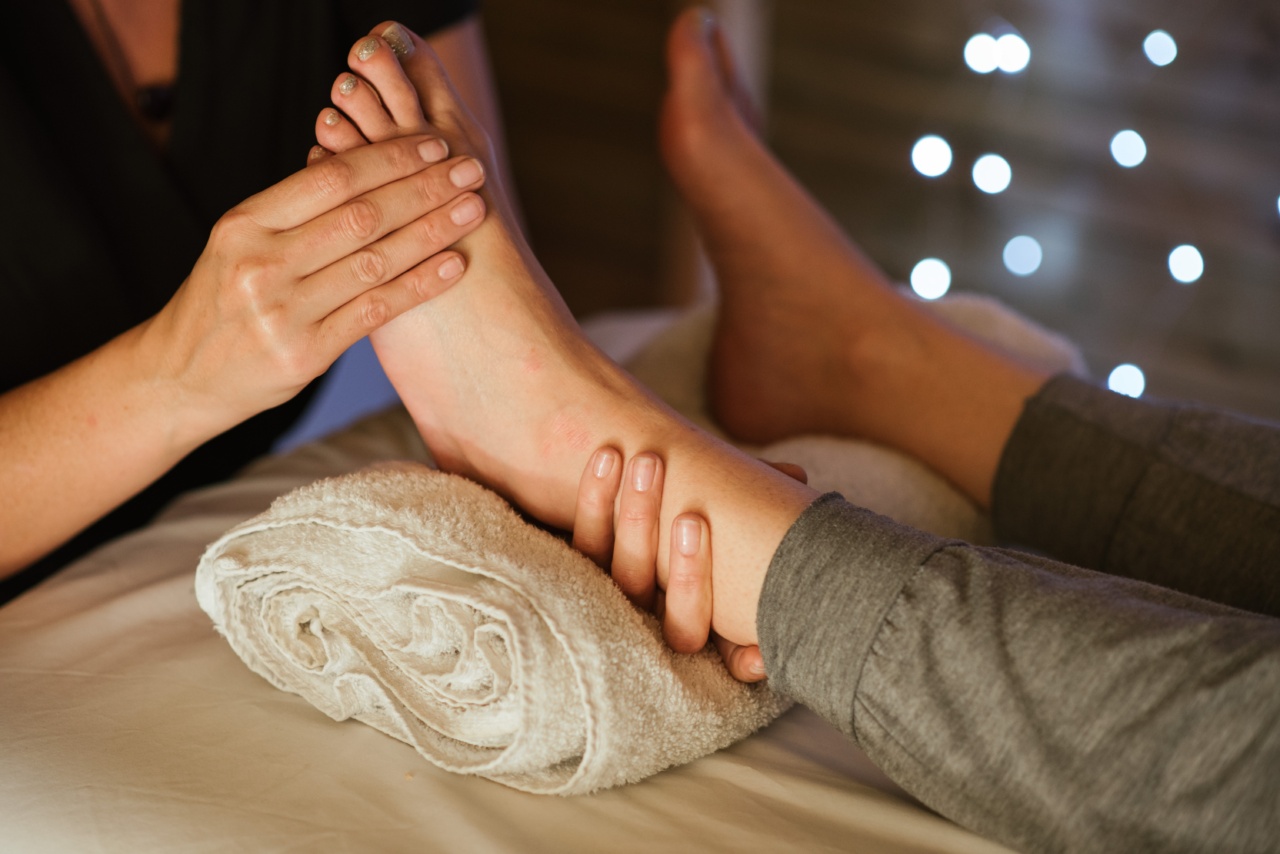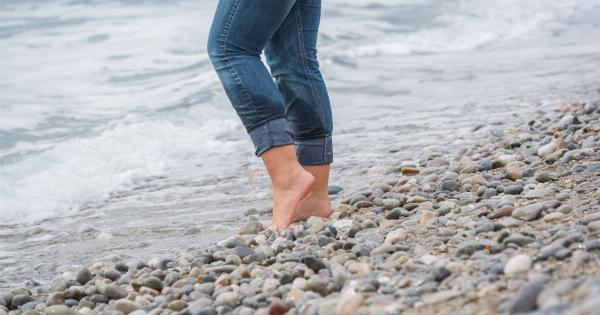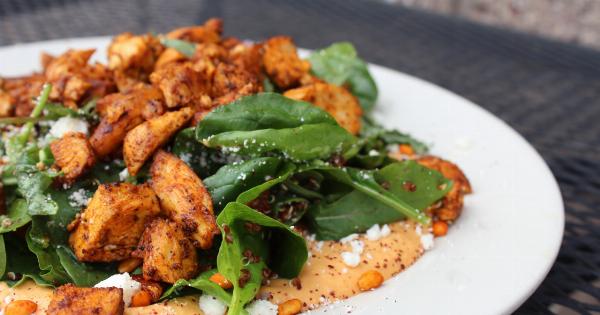Varicose veins are a common condition that occurs when the veins become enlarged, swollen, and twisted. While they most commonly appear in the legs, varicose veins can also affect the feet.
Varicose veins in the feet can cause discomfort, pain, and may impact a person’s mobility.
Causes of Varicose Veins in the Feet
There are several factors that contribute to the development of varicose veins in the feet:.
1. Age
As we age, the elasticity and strength of the veins start to weaken, which can lead to the development of varicose veins in the feet.
2. Prolonged Standing or Sitting
Jobs or activities that require long periods of standing or sitting can put excessive pressure on the veins, making them more susceptible to varicosity.
3. Pregnancy
Pregnancy causes changes in hormone levels and increased blood volume, which can lead to the development of varicose veins in the feet.
4. Genetics
Genetics plays a role in determining the likelihood of developing varicose veins. If your parents or close family members have varicose veins, you may be more prone to developing them as well.
5. Obesity
Excess weight puts additional pressure on the veins, especially in the lower extremities, potentially leading to varicose veins in the feet.
6. Injury or Trauma
An injury or trauma to the foot can damage the veins, leading to the development of varicose veins.
7. Hormonal Changes
Hormonal changes, such as menopause or the use of birth control pills, can contribute to the weakening of the veins and the development of varicosity.
Signs and Symptoms of Varicose Veins in the Feet
Varicose veins in the feet can cause various signs and symptoms, including:.
1. Visible Veins
Enlarged, twisted, and bulging veins are usually noticeable through the skin on the feet.
2. Discoloration
The affected skin may appear discolored, usually with a bluish or reddish hue.
3. Swelling
The feet may become swollen, particularly after prolonged periods of standing or sitting.
4. Pain and Aching
Varicose veins in the feet can cause discomfort, pain, and aching sensations.
5. Itching and Burning
Some individuals may experience itching and burning sensations around the varicose veins.
6. Restless Legs
Restless legs syndrome, characterized by an uncontrollable urge to move the legs, may be a symptom of varicose veins.
7. Fatigue
The feet may feel tired and fatigued, especially at the end of the day or after prolonged activity.
How to Treat Varicose Veins in the Feet
While varicose veins in the feet can be uncomfortable, there are several treatment options available to manage and alleviate symptoms:.
1. Compression Stockings
Wearing compression stockings can help improve circulation and relieve symptoms associated with varicose veins in the feet.
2. Elevation
Elevating the legs and feet above heart level can help reduce swelling and improve blood flow.
3. Exercise
Engaging in regular physical activity, especially exercises such as walking and swimming, can promote healthy blood flow and reduce the risk of varicose veins.
4. Weight Management
Maintaining a healthy weight can reduce the pressure on the veins and decrease the risk of developing varicose veins.
5. Avoid Prolonged Standing or Sitting
If your job requires extended periods of standing or sitting, taking breaks and moving around can help prevent the development of varicose veins.
6. Sclerotherapy
Sclerotherapy is a minimally invasive procedure that involves injecting a solution into the affected veins, causing them to collapse and eventually fade away.
7. Laser Treatment
Laser treatment, also known as endovenous laser therapy, uses heat from a laser to seal and collapse varicose veins in the feet.
When to Seek Medical Advice
While many cases of varicose veins in the feet can be managed with lifestyle changes and home remedies, it is important to consult a healthcare professional if:.






























